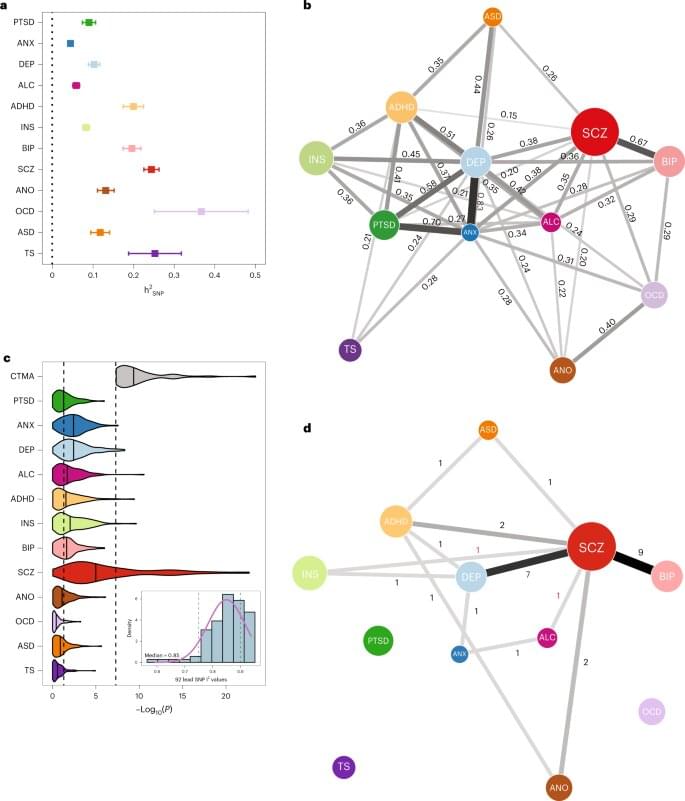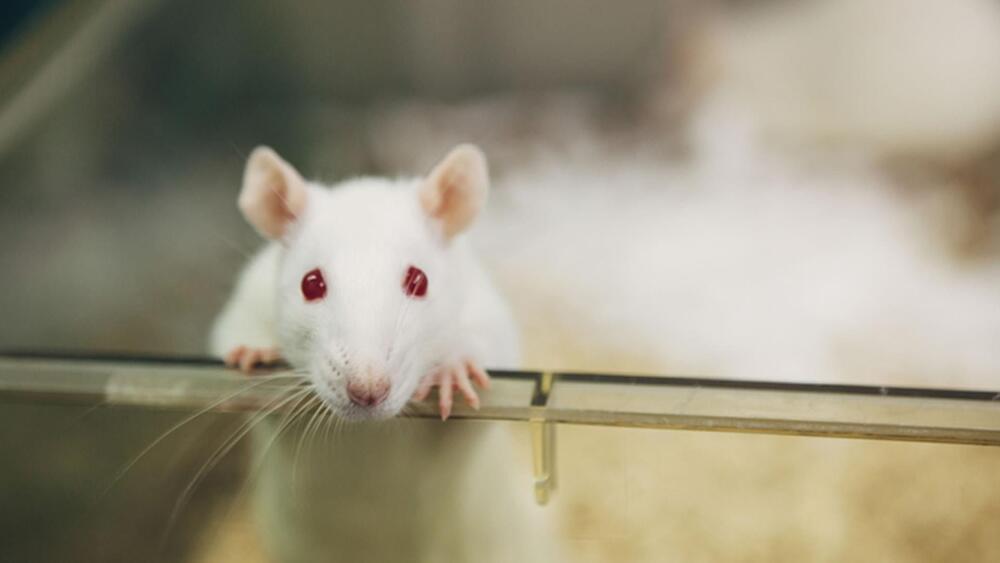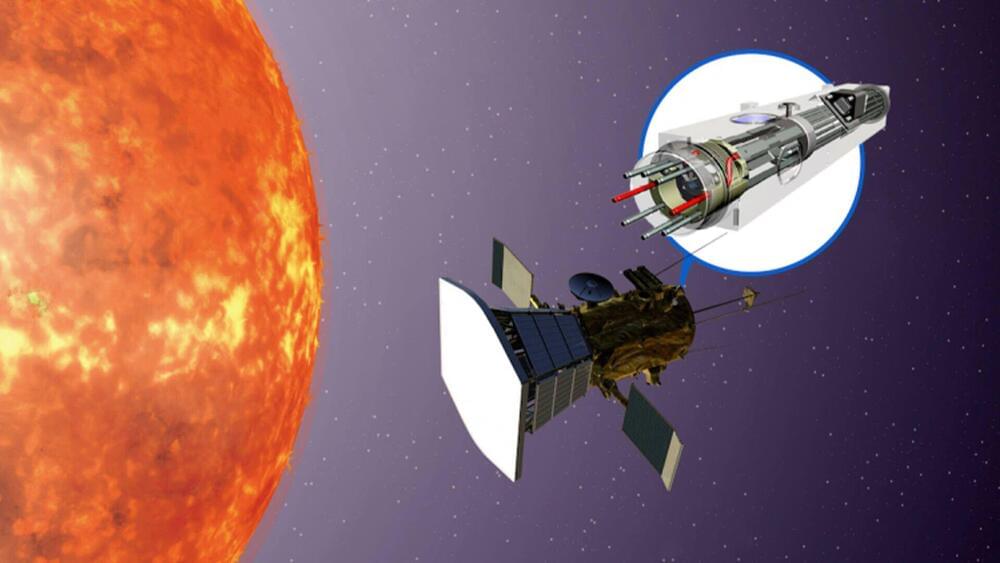For the first cell to develop into an entire organism, genes, RNA molecules and proteins have to work together in a complex way. At first, this process is indirectly controlled by the mother. At a certain point in time, the protein GRIF-1 ensures that the offspring cut themselves off from this influence and start their own course of development. A research team from Martin Luther University Halle-Wittenberg (MLU) details how this process works in the journal Science Advances.
When a new organism starts to develop, the mother calls the shots. During fertilization, the egg cell and sperm fuse to form a single new cell. However, the course of cell division, and thus how a new living being forms, is initially determined by the mother cell.
“Regardless of the organism, cell division is initially pre-programmed by the mother,” explains geneticist Professor Christian Eckmann from MLU. The mother’s cell provides a developmental starter set that includes the first proteins as well as the RNA molecules that serve as blueprints for further proteins. All this is necessary to jump start cell division and an organism’s development.









